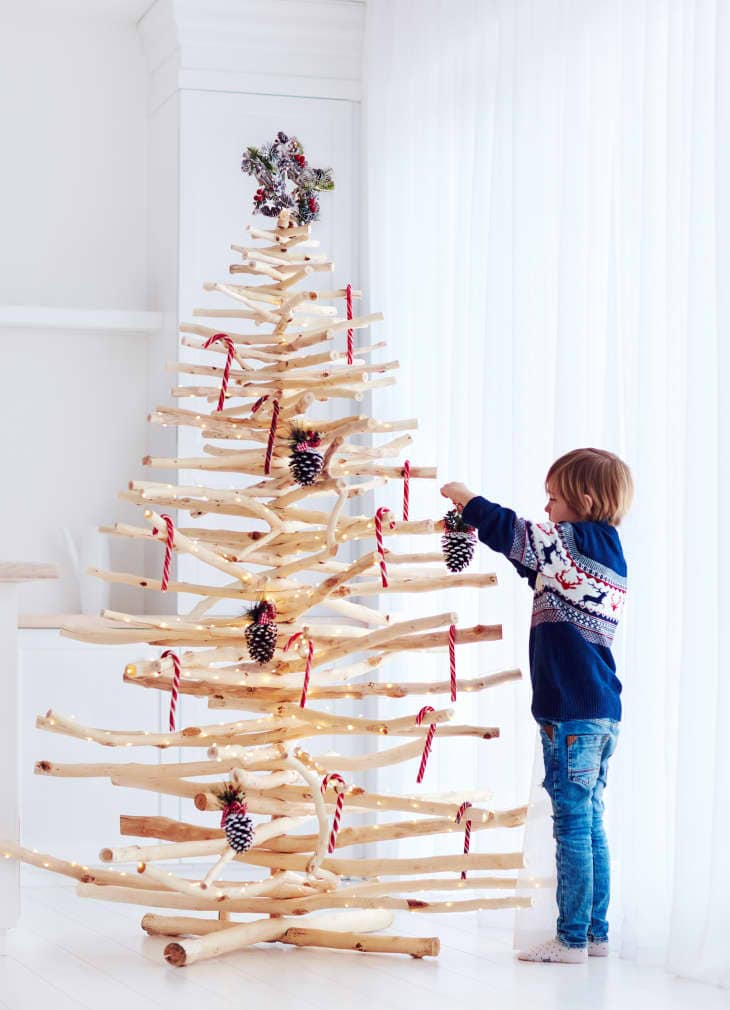Green and Joyful: Your Guide to an Eco-Friendly Christmas Tree
Ho-ho-ho, eco-warriors! Are you dreaming of a green Christmas? Well, you’re in luck! In this comprehensive guide, we’ll unwrap the secrets to choosing an eco-friendly Christmas tree that will make both Santa and Mother Nature beam with joy. So grab a mug of your favorite holiday cocoa, and let’s dive into a festive world where sustainability and celebration go hand in hand!
The Roots of an Eco-Conscious Christmas
For many families, the Christmas tree is the heart of holiday traditions. But with environmental concerns on the rise, it’s time to rethink our festive foliage. Choosing an eco-friendly Christmas tree isn’t just about reducing your carbon footprint—it’s about crafting a celebration that honors the earth and future generations.
Options for Environmentally-Friendly Trees
- Live Potted Trees: Start a new tradition by opting for a live potted tree! This sustainable superstar can be replanted after the holidays, ensuring a cycle of growth and joy for years to come.
- Eco-Friendly Artificial Trees: If you can’t imagine Christmas without that nostalgic artificial tree, fear not! Choose a high-quality tree designed with eco-friendly materials that you will use for many, many years, making it a greener choice in the long run.
- Rental Trees: Yes, you can rent a Christmas tree! Be a part of the rental revolution and give a tree the gift of life beyond the festive season.
- DIY Upcycled Trees: Unleash your creativity by crafting a one-of-a-kind Christmas tree from upcycled materials. Not only is this option eco-friendly, but it’s also a fun activity to do with the kids!
- Sustainably Grown Trees: Seek out a Christmas tree farm in your area that commits to sustainable farming practices. This way, you’re supporting local businesses and the environment!
But that’s just the tip of the eco-spruce! As we delve deeper, you’ll find tips on how to discern the sustainability of the tree options, ways to decorate your green centrepiece without compromising on eco values, and how to responsibly dispose of or repurpose your tree when the season has come to a close.
Caring for Your Potted Christmas Tree
Should you choose to go with a potted Christmas tree, there are a few key steps to keeping it happy and healthy throughout the festive season and beyond. We’ll cover watering techniques, proper placement to avoid shock, and post-holiday care to ensure your tree thrives in its natural habitat once replanted.
Ready to embark on a journey to a more sustainable holiday season? Keep reading for detailed insights and merry tips for an eco-friendly celebration. Remember, choosing an environmentally conscious tree is a gift to the planet that keeps on giving, long after the twinkle lights are packed away. Let’s make this holiday a truly green season of giving!

Five Eco-Savvy Tree Tips for Parents Preparing for an Eco-Friendly Xmas
Parents, fear not – creating a magical and eco-friendly Christmas haven for your family is completely possible. And to ease your way into a greener yuletide celebration, here are five essential things you should know:
1. Teach the Importance of Sustainability
Before you even begin the process of picking out your tree, take the time to educate your family, especially the little ones, about the importance of an eco-friendly holiday. Discuss how sustainable practices can help preserve the environment for future Christmases and instill a sense of environmental responsibility in your children. Making the transition to a greener Christmas a family affair will ensure everyone is on board and excited about the new tradition!
2. Understanding Different Types of Eco-Friendly Trees
Research the options outlined in our guide and consider what would work best for your family’s situation. If your family loves the idea of nurturing a living thing, a live potted tree is a wonderful choice. If convenience and longevity are your priorities, then investing in a high-quality, eco-friendly artificial tree to use year after year may be ideal. Ensure that the whole family is part of this decision – happy hearts make for a happier home.
3. Plan Decorations Mindfully
Decorating the tree is a quintessential part of the Christmas experience. Go green with your decorations by choosing natural, biodegradable, or reusable ornaments. You can even make decorations a creative family project! Involve your children in crafting homemade ornaments from recycled materials or natural elements such as pinecones and dried fruit. Not only does this reduce waste, but it also gives your tree a personal touch that can’t be bought in stores.
4. Eco-Friendly Lights and Energy Conservation
Lights are essential for that Christmas twinkle, but they don’t have to be a drain on resources. Opt for LED lights, which are more energy-efficient and long-lasting compared to traditional incandescent bulbs. Be mindful of the time your tree lights are on; using a timer can help conserve energy. And, always turn off the lights when the tree is not in view or before heading to bed.
5. Plan for Post-Xmas with Your Tree
It’s important to think ahead to what will happen when the holiday season comes to an end. If you’ve chosen a live potted tree, plan for replanting it. Make it another family activity, selecting the right spot and preparing to nurture it as it grows. If you have a cut tree, look into recycling programs that turn your tree into mulch or habitat shelters. And for those with artificial trees, pack it away carefully to maintain its condition for years to come.
Embracing an eco-friendly Christmas tree is a beautiful way to create new traditions that honor the planet and build a sustainable future for our children. This holiday season, let the greatest gift we give be the love and care for our environment. Happy eco-decorating, and may your holidays be ever green and bright!
See more great Things to Do with Kids in New Zealand here. For more information see here
Disclaimer
The articles available via our website provide general information only and we strongly urge readers to exercise caution and conduct their own thorough research and fact-checking. The information presented should not be taken as absolute truth, and, to the maximum extent permitted by law, we will not be held liable for any inaccuracies or errors in the content. It is essential for individuals to independently verify and validate the information before making any decisions or taking any actions based on the articles.




